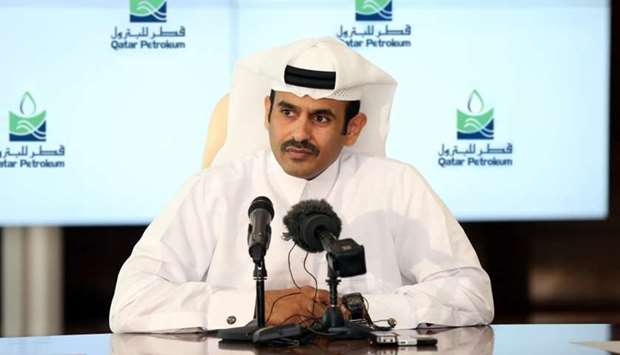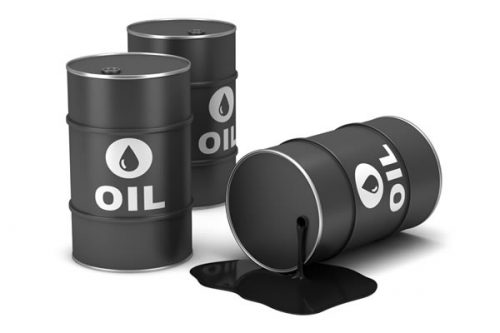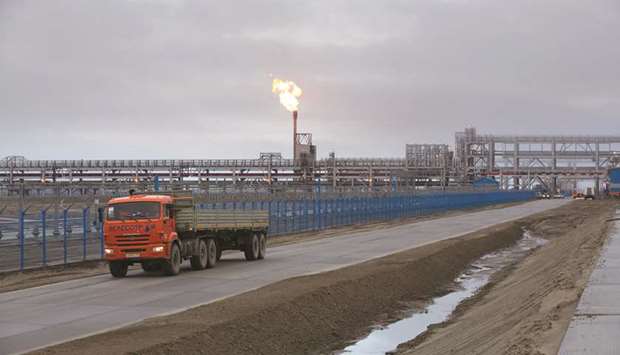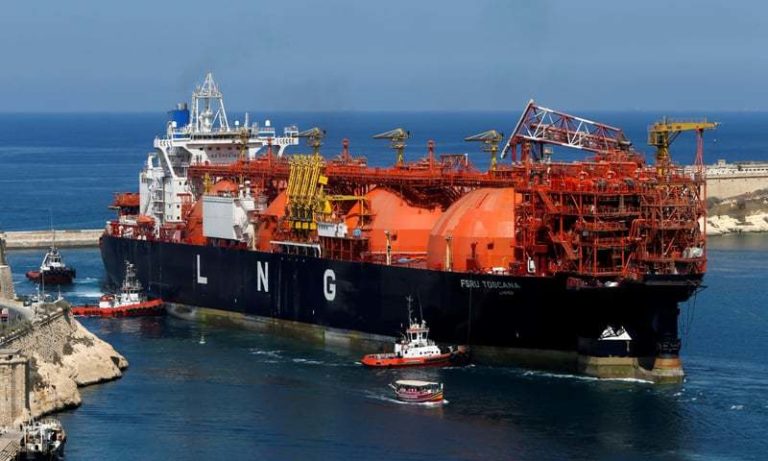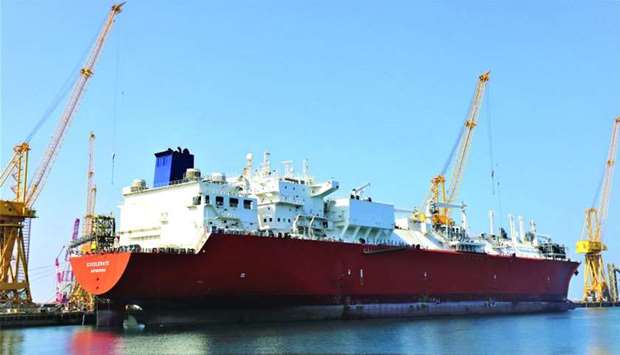From Texas to the world: A flood of US crude oil exports is coming

Bloomberg/Houston
Driving his pick-up truck through the heartland of the Permian basin – the vast tract of west Texas scrub where one of history’s greatest oil booms means miles-long traffic jams – Vega says there’s more crude being pumped than America’s refineries can absorb. Today, the primary task of trading houses like his is getting the stuff overseas.
“We buy it, we truck it, we put it on a pipeline, and there it goes to the port – and from there to the world,” said Vega, who heads the office of global commodities trader Trafigura Group in Midland, the region’s oil industry hub.
What started as an American phenomenon is now being felt around the world as US oil exports surge to levels unthinkable only a few years ago. The flow of crude will keep growing over the next few years with huge consequences for the oil industry, global politics and even whole economies.
Opec, for example, will face challenges keeping oil prices high, while Washington has a new, and potent, diplomatic weapon.
American oil exports stepped up a gear last year, jumping more than 70% to just over 2mn barrels a day, according to government data. Over the past four weeks, US oil exports have averaged more than 3mn barrels a day.
“This is the new American energy era,” US Energy Secretary Rick Perry told an industry conference in Houston earlier last month.
Oil traders and shale executives believe US crude exports are set reach 5mn barrels a day by late 2020, up another 70% from current levels. If the US hits that target, America will be exporting, on a gross basis, more crude than every country in Opec except Saudi Arabia. (On a net basis, the US remains, just, a net importer, but that’s likely to change in the next few months.)
“The second wave of the US shale revolution is coming,” said Fatih Birol, the head of the International Energy Agency. “This will shake up international oil and gas trade flows, with profound implications for geopolitics.”
The political impact is already being felt. The Trump administration has been able to impose aggressive sanctions on oil exports from Iran and Venezuela knowing the flow of crude from Texas will keep on rising. The economic impact on the US is also evident: In dollar terms, the country’s petroleum trade deficit fell to its lowest in 20 years in 2018.
The US is already a big exporter of refined products such as gasoline and diesel. When combined with rising crude exports, the IEA forecasts American petroleum exports will reach roughly 9mn barrels a day within five years, up from just 1mn in 2012.
In the process, the US will become the world’s second-largest exporter of crude and refined products by 2024, overtaking Russia and nearly topping Saudi Arabia.
Until now, the surge in US oil production from the Permian and other shale basins like the Bakken in North Dakota was absorbed at home, feeding refineries in the US Gulf of Mexico coast. Now, US refiners are finding it increasingly hard to process more of the kind of light crude pumped in the Permian as their plants were built to process denser heavy crude – the type pumped in Venezuela and the Middle East.
“The US is probably close to being able to process as much light crude as it can,” Thomas J Nimbley, the head of US oil refiner PBF Energy Inc, told investors.
As a result, shale executives are travelling the world to seek new customers. Gary Heminger, the head of Marathon Petroleum Corp, for example, was recently in Singapore and South Korea looking for buyers for shale crude.
“All the incremental Permian production needs to be exported,” said Raoul LeBlanc at consultant IHS Markit Ltd and a former head of strategy at Anadarko Petroleum Corp. “The Permian needs to find refineries willing to take US light sweet crude as a base-load, most likely in Asia.”
Despite a tight oil market due to American sanctions on Venezuela and Iran mixed with Opec production cuts, finding new buyers isn’t as easy as it sounds. The crude from the Permian is light, yielding lots of naphtha – used in the petrochemical industry – and gasoline, but comparatively little diesel. And most refineries want to produce diesel.
Until now, US shale producers and oil traders had been selling most of their crude on spot transactions – one at a time. As a result, American oil exports saw wildly different destinations from month to month, from Spain to Thailand to Brazil.
A few stable markets are starting to emerge. Oil refineries in Canada, Italy, the UK, and South Korea are becoming regular buyers. And little by little, oil traders are securing long-term deals with overseas refineries, known as term contracts.
Yet, the rapid rise in oil exports is challenging. Not even Saudi Arabia in the 1960s and 1970s saw exports grow so quickly.
“The US export market needs to transition from infancy to adulthood far more rapidly than any major exporter ever has,” said Roger Diwan, another oil analyst at IHS Markit.
Key for US oil exports is China, mired in a trade war with Washington. Until this year, Chinese refiners were buying large chunks of American shale exports. But the flows all but dried up in August. If US oil exports are going to increase at the pace that executives and traders anticipate, the shale industry needs the White House to strike a trade deal with the Chinese.
“If the China demand pull fails to materialise, for political reasons, quality mismatch or otherwise, US exports will likely have to muscle their way into the global refining system, likely via price discounts,” Diwan said.
US shale crude is already selling at a big discount to Brent, the international oil benchmark. West Texas Intermediate sells nearly $10 under Brent. And some of the lighter grades from the Permian, including a new stream called West Texas Light, are seeing even wider discounts.
Finding buyers for the light Permian crude isn’t the only obstacle. Pipelines and ports have become the biggest bottleneck in US oil exports, with traders engineering logistically complex chains combining railways, trucks, pipelines, barges, and ship-to-ship transfers to get crude out of the country. Several ventures are aiming to build new facilities to allow exports via supertankers, which need deepwater ports.
Although the Permian isn’t growing as fast as last year, oil traders and executives still anticipate that America will add another million barrels a day this year to its production, with the bulk coming in the second half. The current slowdown, which some executives jokingly call a “fracking holiday,” is the direct result of shareholder demands for higher returns and less growth, and lower oil prices in late 2018 and early 2019. But the Permian is likely to re-accelerate in the second half of this year when new pipelines open.
If the forecast proves correct, US crude production will surpass 13mn barrels a day by December, up from 11.8mn barrels a day at the end of last year and well above the previous all-time high set in 1970.
“It’s going to be less than if people were able to spend unconstrained, but there’s going to be growth, lots of it,” said Osmar Abib, chairman of global energy at Credit Suisse Group AG.
